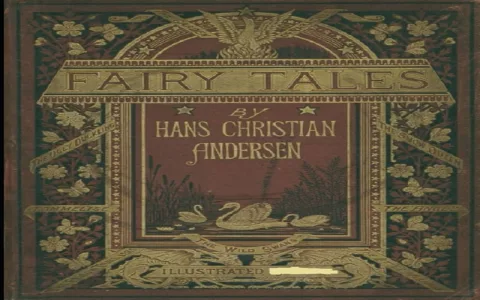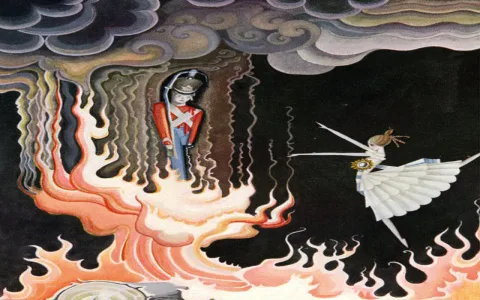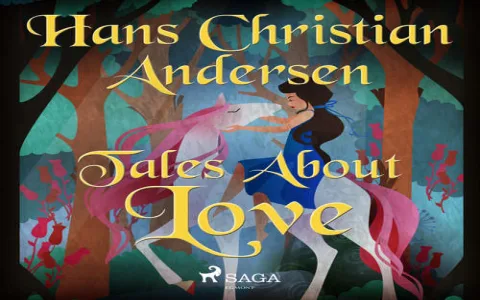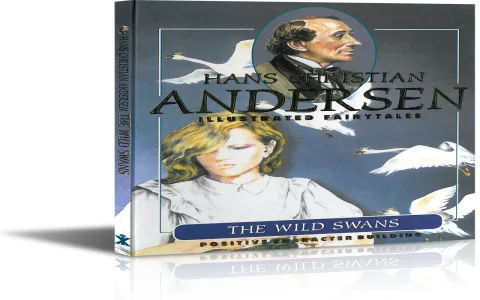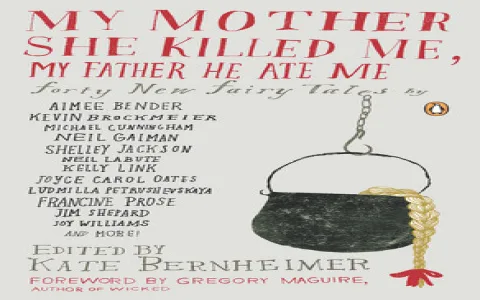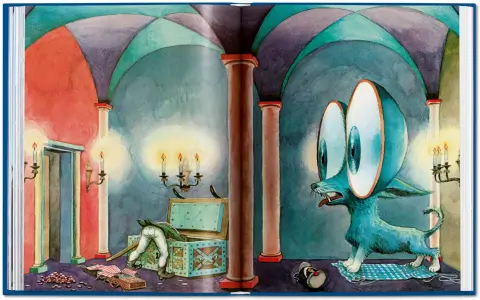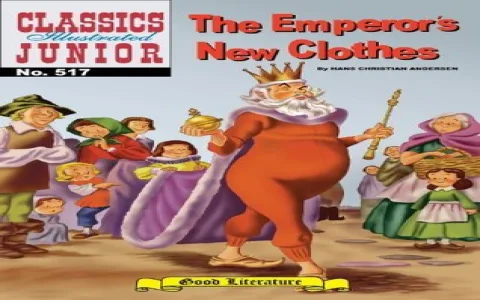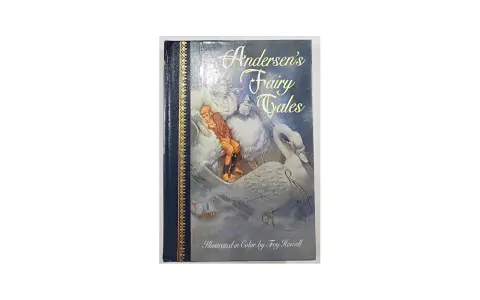Outside a paper mill, there was a large pile of rags. Some of the rags came from far away, while others were produced locally. Each piece of cloth once had its own owner and its own story. Although we cannot know the experiences of every piece of cloth, they still had a lot to talk about with each other.
Among this pile of rags, two pieces stood out. One was from Norway, and the other was from Denmark. They lay side by side and began to chat.
“Hey, where are you from?” the Norwegian rag asked first.
“I’m from Denmark,” replied the Danish rag.
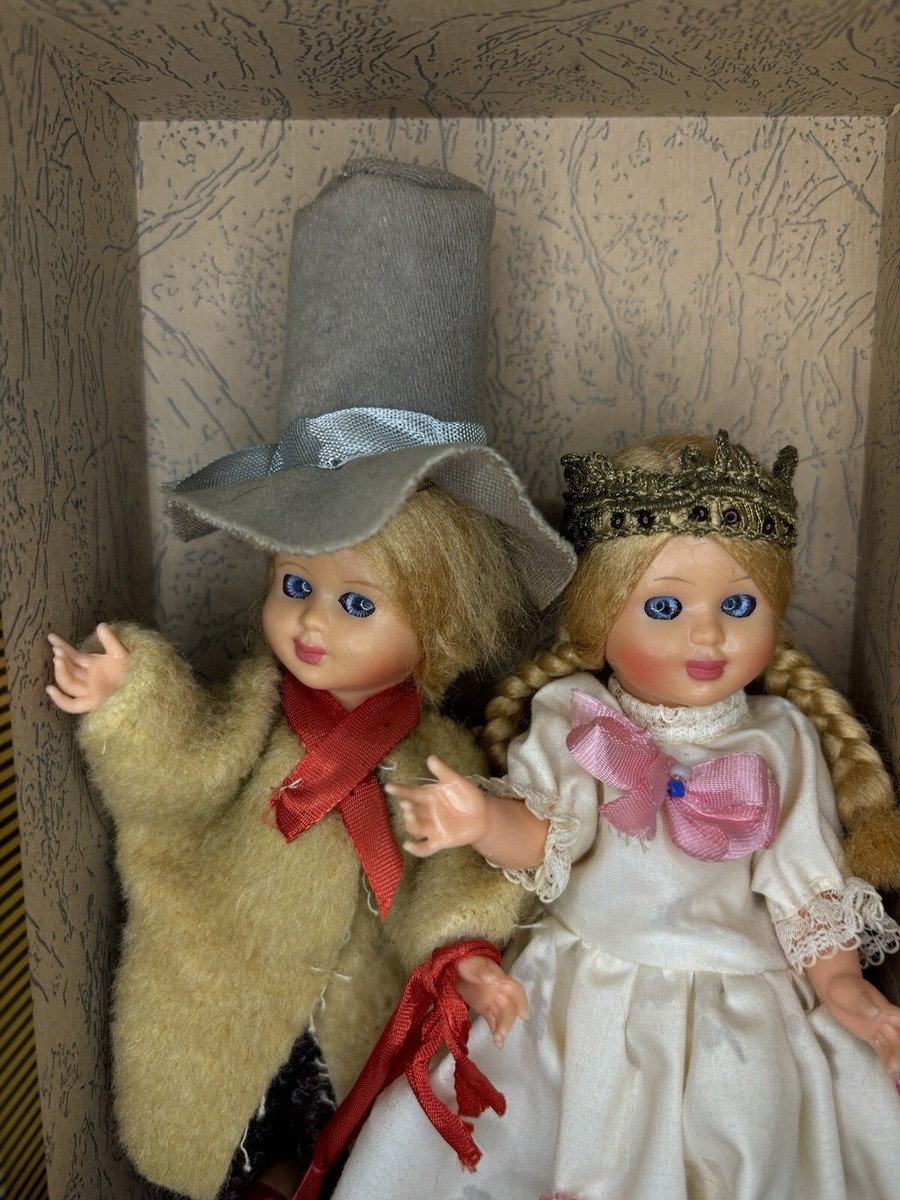
“Oh, Denmark… That’s a small, flat place.”The Norwegian piece said smugly, “Unlike Norway, which has many mountains, beautiful scenery, and a free constitution.”
The Danish piece smiled and said, “You’re right, we don’t have big mountains. But we have literature!”
“Literature? What’s that?” The Norwegian piece pretended not to understand, “Is it something boring that you write when you have nothing to do?”
The Danish cloth didn’t get angry, but replied calmly, “Literature is about human emotions and thoughts. It can move people and make them think.”
This time, the Norwegian cloth was unhappy. It said, “You Danes are always so pretentious. You like to say things that sound nice, but in reality you do nothing. You even need someone to take you up the mountain to see the Northern Lights!”
Danish Cloth smiled and said, “You’re right, we’re not as tough as you. But you know what? We don’t want to seem too impressive. We like to live a low-key life and don’t like to show off. It’s not hypocrisy; it’s just our personality.”
Norwegian Cloth got even more worked up: “I really hate the way you talk. Can’t you just be direct? Why do you always beat around the bush?”
The Danish cloth sighed and said, “We don’t mean to be like this. It’s just our way. Speaking gently is more pleasant to listen to and easier for people to accept.”
As they argued back and forth, the wind blew, and the Norwegian cloth was blown to the other side, away from its original position.
Later, both pieces of cloth were sent to a factory and turned into paper. Amazingly, on the paper made from the Norwegian cloth, a Norwegian man wrote a love letter to his Danish girlfriend; and on the paper made from the Danish cloth, there was a poem praising the beauty of Norway.
You see, these two pieces of rags, which originally didn’t get along, ended up creating something beautiful. They helped people express their love and recorded appreciation and respect.
—Isn’t that the most wonderful thing in the world?
This little story seems simple, but it’s actually very interesting. It’s about how people from two countries often don’t get along. Norwegians think they are strong, while Danes think the other side is too rigid and inflexible.
But Andersen uses the metaphor of “rags” to tell us: even rags, if used in the right way, can become something useful. Similarly, misunderstandings between people can be transformed into understanding—and even friendship—if we are willing to see things from the other’s perspective.

